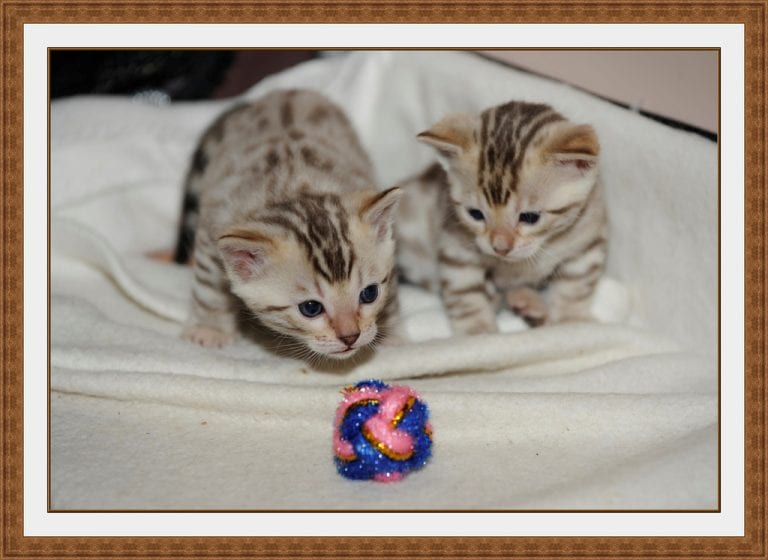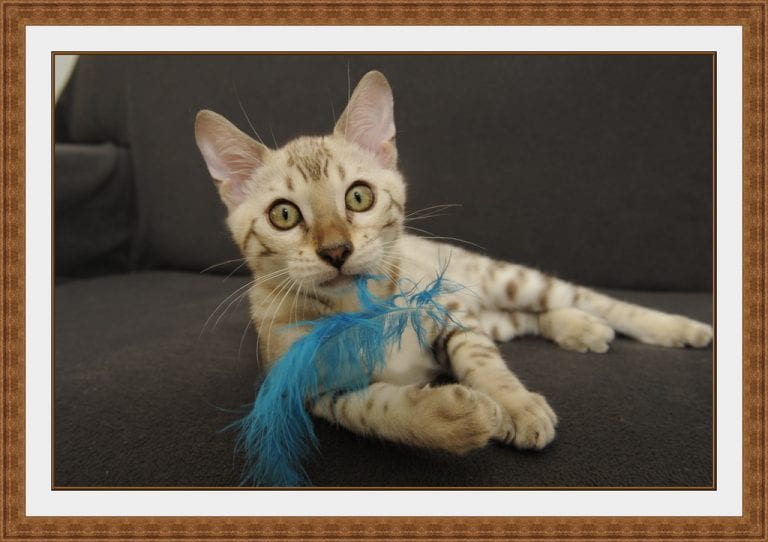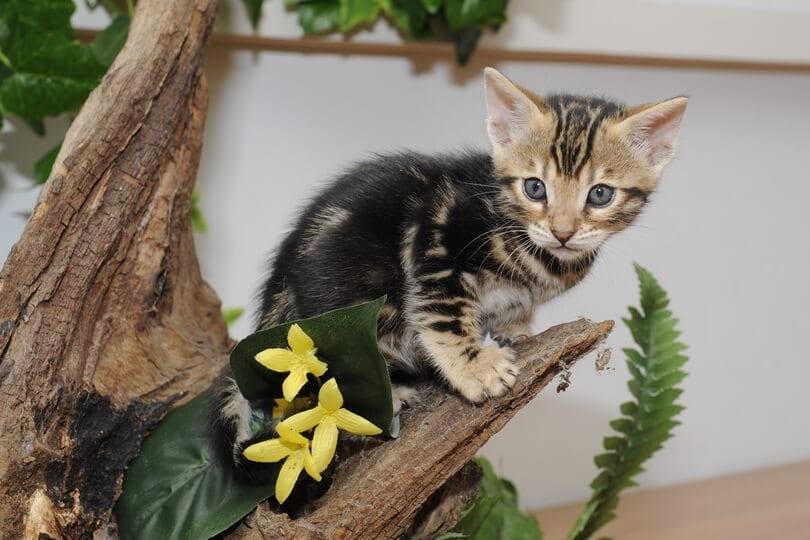Introduction.
There’s probably nothing better than taking home a wide-eyed, velvet-nosed ball of fluf,
hey, who’s rescuing who?
but even if you’ve had a kitten before, it’s wise to review the basics.

Pre-kitten preparation.
Before you introduce Kitty to her new surroundings, safely stow items she might chew, swallow or choke on. Keep tissues, paper towels, toilet paper, pens, pencils, rubber bands, jewelry, balloons, and small items out of paw’s reach.Introduce the kitten to your house slowly. Expose the kitten to just one room initially: the whole house will be too overwhelming on the first day. Set up a bed (preferably one that has sides and a roof so the kitten feels safe in a nest), with food and water in one corner of the room, and a litter tray in the opposite corner. Show the kitten where her facilities are, and then leave her to rest. It’s been a big day for the little kitten so let her adjust and sleep for a few hours.
Give the kitten as much attention as you can. Spend as much time as possible grooming, playing, fussing and interacting with the kitten. This helps her to grow into a well-socialized, friendly adult.
Keep the kitten and your possessions safe. Keep electrical cords and devices out of the kitten’s reach to avoid her chewing on them. Child locks may be a wise investment for low cabinets if you have a particularly inquisitive kitten.

Kitty's lair
Choose a secluded room, away from other furry family members, for Kitty to adjust to her new life. Open her carrier and place it nearby along with her food, water bowls, litter box and toys.Avoid toys with small, moveable parts that can detach easily and choke animals. Dangling string, yarn or ribbons may drive cats batty, but watch that they don’t tangle or choke Kitty. Small stuffed animals and trackballs make the best playthings because they’re safe and stimulate exercise.
You may have more fun watching Kitty play than she’ll even have playing, but you’ll also want to observe her behaviour at rest. Sneak a peek at how she moves in and out of her carrier in her new room. If she dashes in fast, she may still need more time to acclimate. If she saunters, you’ll know she’s ready to explore the rest of the house

Meet the family
A kitten can take up to two weeks to fully relax, so limit human interactions those first few days, then introduce her to family members slowly, one at a time, so she learns everyone’s touch. Teach young children how to hold kittens with one hand behind their front legs, the other under their hindquarters. They also need to know that tugging at Kitty’s scruff, ears or tail is a no-no. And, though tantrums may ensue, kids four and under shouldn’t be handling Kitty at all, especially unsupervised. Other household pets will sniff out their new sibling immediately, so introduce Kitty on her turf; don’t let her have free run of the house because that’s their territory. Resident cat(s) can check Kitty out briefly while you observe. Should a hissy fit erupt, separate the siblings immediately and try again in a few days. As for Fido, be sure he’s properly leashed when he meets her, plus keep Kitty from running off, otherwise he may think it’s time to give chase. If all siblings play nice, reinforce their good behaviour with well-deserved treats. Also, never leave playtime unsupervised until Kitty is full-grown.
Observe.
Cats have a primal instinct to explore so, at first, let Kitty roam one room at a time. Place her open carrier in the room she’s investigating in case she gets nervous and needs a hasty retreat. Let Kitty explore while you quietly watch closely in case she hides under a bed or scoots under the sofa. If she starts kneading your expensive duvet, put her back on the floor gently to teach her that your bed is off limits.

24 hours open....
Kittens need lots of nutrients and energy—about two to three times that of cats because they grow so fast. 30% of their total energy should come from protein so be sure to feed them food specifically formulated for them that first year, such as dry kitten food or nutrient-dense kitten-formula canned food. The rest of Kitty’s diet should come from high-quality dry and wet foods, packed with protein and essential amino acids to help give her wholesome nutritional support.
Unlike pups, kittens don’t wolf down all of their food in one sitting so you can conveniently set up an all-day/night buffet. Dry food is convenient because it won’t spoil if it sits for a while; be sure fresh water is always available, too. You’ll also want to keep siblings like Fido from stealing Kitty’s food by putting her bowl in an area others can’t reach.

Here Kitty, Kitty
Canines aren’t the only ones who benefit from training. Just like puppy pre-school, kitty etiquette has caught on and you can actually train your cat to come when you call.

